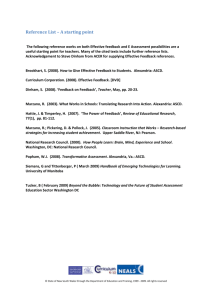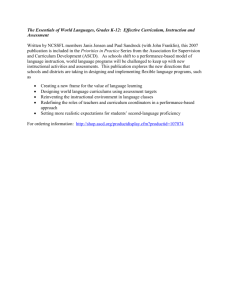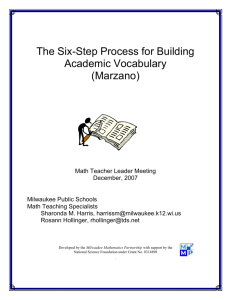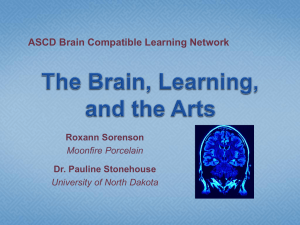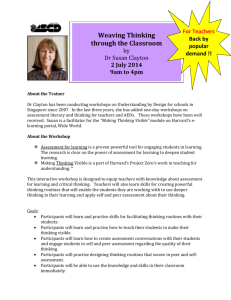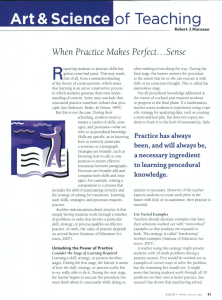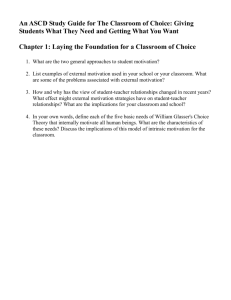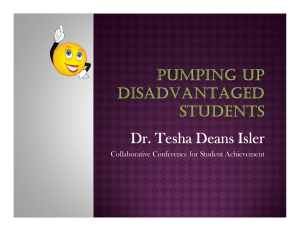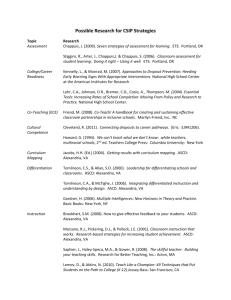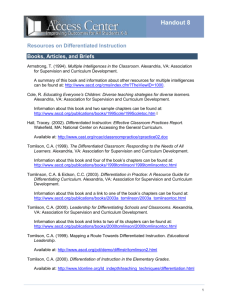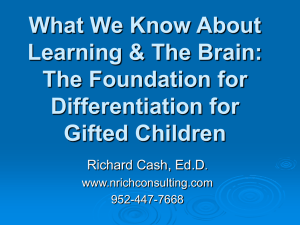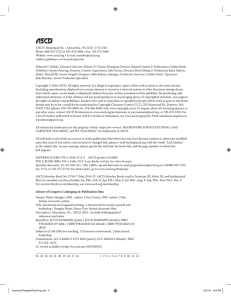Compare/Contrast - Decatur Public Schools
advertisement
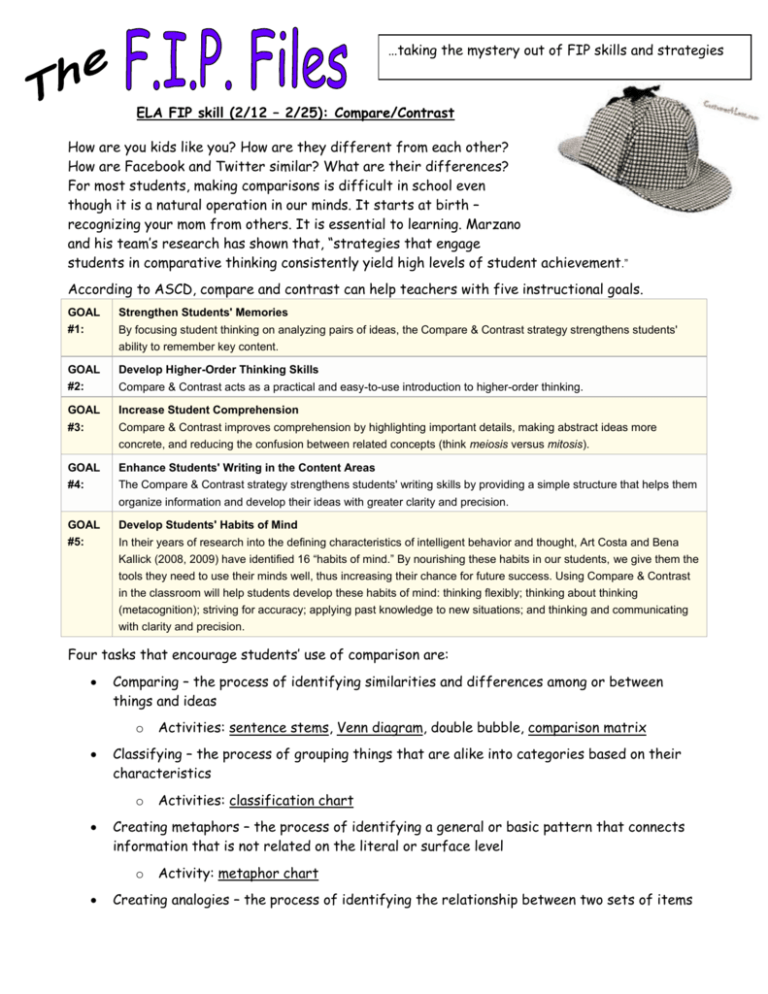
…taking the mystery out of FIP skills and strategies ELA FIP skill (2/12 – 2/25): Compare/Contrast How are you kids like you? How are they different from each other? How are Facebook and Twitter similar? What are their differences? For most students, making comparisons is difficult in school even though it is a natural operation in our minds. It starts at birth – recognizing your mom from others. It is essential to learning. Marzano and his team’s research has shown that, “strategies that engage students in comparative thinking consistently yield high levels of student achievement.” According to ASCD, compare and contrast can help teachers with five instructional goals. GOAL Strengthen Students' Memories #1: By focusing student thinking on analyzing pairs of ideas, the Compare & Contrast strategy strengthens students' ability to remember key content. GOAL #2: Develop Higher-Order Thinking Skills GOAL Increase Student Comprehension #3: Compare & Contrast improves comprehension by highlighting important details, making abstract ideas more concrete, and reducing the confusion between related concepts (think meiosis versus mitosis). GOAL #4: Enhance Students' Writing in the Content Areas Compare & Contrast acts as a practical and easy-to-use introduction to higher-order thinking. The Compare & Contrast strategy strengthens students' writing skills by providing a simple structure that helps them organize information and develop their ideas with greater clarity and precision. GOAL #5: Develop Students' Habits of Mind In their years of research into the defining characteristics of intelligent behavior and thought, Art Costa and Bena Kallick (2008, 2009) have identified 16 “habits of mind.” By nourishing these habits in our students, we give them the tools they need to use their minds well, thus increasing their chance for future success. Using Compare & Contrast in the classroom will help students develop these habits of mind: thinking flexibly; thinking about thinking (metacognition); striving for accuracy; applying past knowledge to new situations; and thinking and communicating with clarity and precision. Four tasks that encourage students’ use of comparison are: Comparing – the process of identifying similarities and differences among or between things and ideas o Classifying – the process of grouping things that are alike into categories based on their characteristics o Activities: classification chart Creating metaphors – the process of identifying a general or basic pattern that connects information that is not related on the literal or surface level o Activities: sentence stems, Venn diagram, double bubble, comparison matrix Activity: metaphor chart Creating analogies – the process of identifying the relationship between two sets of items o Activity – analogies ~Activities that are underlined are attached to this email~ Important to consider: Make sure students know why they are making the comparisons. Give them time to get to know the items before making comparisons. Provide clear criteria for students to focus their description. Model good comparative thinking by using everyday items. Students are used to speed and a quick answer/response. It takes time to reach the most important similarities and differences. To make the comparison meaningful, allow time for students to draw conclusions and to discuss them. “Knowledge left in pieces is easier to lose than knowledge that is made whole. That’s why compare & contrast ends with a synthesis task asking students to pull together what they have learned and to apply that learning to the creation of a project.” (ASCD Examples/organizers are attached for each of the activities listed above. Give one a try. Share the results with your coach/department/anyone. As we try a new process or idea, it’s important to reflect on your thinking. “As you “do” the lesson, “look” in on your own thought process to see what you can “learn” from your own experiences.” Your EHS Instructional Coaches will be happy to assist! Feel free to ask. Ideas taken from: Marzano, Robert J. (2007). The art and science of teaching: A comprehensive framework for effective instruction. Alexandria, VA: Association for Supervision and Curriculum Development (ASCD). Silver, Harvey F. (2010). Compare & contrast: Teaching comparative thinking to strengthen student learning. Alexandra, VA: Association for Supervision and Curriculum Development (ASCD). Read section 1: http://www.ascd.org/publications/books/110126/chapters/Section- 1@-Why-Compare-$-Contrast%C2%A2.aspx Read Appendix A: http://www.ascd.org/publications/books/110126/chapters/Appendix-A.-ThePower-of-Similarities-and-Differences.aspx Happy Teaching! Chuck, Diana, Mac, and Carrie
